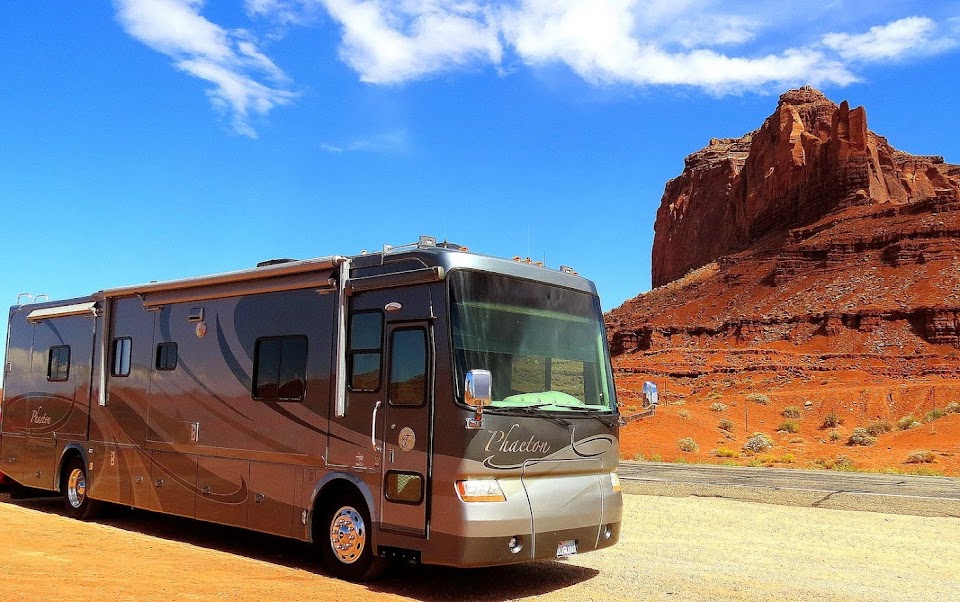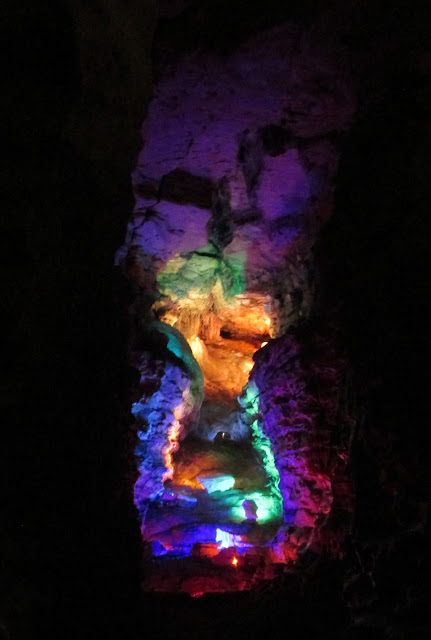The Greenfield Village entrance is next door to the Henry Ford Museum. Once you enter the main gate, you are transported back in time more than a hundred years. Visitors wander afoot along the streets in the village or avail themselves of a ride in a vintage Model T, a city bus from the era, a horse-drawn wagon or a steam train. All of the village employees are dressed in period costumes and, after a while, you begin to think it's around 1920!
The Model Ts, each of which has a driver employed by the park, are very popular with tourists. We didn't ride in one, but the dozen or so vehicles available were never idle. These are actual cars made in the early 1900s and not replicas; they must receive a lot of mechanical attention to keep them going with such heavy use. It surprised me to learn that Ford produced 15 MILLION of these cars between 1908 and 1927. In 1925, the factory was producing nearly 10,000 cars a day that sold at a price of about $260. Amazingly, there are 200,000 of these cars still in existence today.
One of the first stores Sandy visited was a hat shop, painstakingly reproduced from an actual building:
I think it completes her ensemble, doesn't it?
Henry Ford had his family home disassembled from its original location and rebuilt here in Greenfield Village. I failed to get a photo, but he was fanatical about detail. He even ordered a nationwide hunt for the same dishes and kitchen stove used by his parents.
Henry Ford and Thomas Edison were good friends, and Henry had his employees build an exact replica of Edison's Menlo Park, NJ facilities. Here is a photo of his lab:
With Edison's thousand or so inventions and Ford's automobile revolution, it is incalculable how much contribution just these two men made to our country.
There are a number of other structures in the village, including replicas of the first house in America with electric lights, Robert Frost's and Cartier's houses, a church, a foundry, a wagon wheel shop, a railroad depot, a working railroad roundhouse and a grist mill, among others. Here's a photo of the roundhouse:
There's a grist mill on the property:
Grinding Stone inside the grist mill:
Beautiful flowers are everywhere:
There was even a machine shop in which kids were allowed to make a brass candlestick on a lathe under the careful supervision of a village employee:
After a while, we got tired and decided to tour the rest of the village in a 1917 Model T bus:
The driver was a wealth of information on the park:
Greenfield Village is also a working farm, with farm animals, vegetable gardens and even a wheat field:
It is said that Walt Disney may have gotten his idea for Disneyland from his visit to Greenfield Village; I can certainly see why that could be true.
Naturally, this was not nearly all there is to see of Greenfield Village; those with more energy in their batteries could do much more. But we are grateful finally to have seen this bit of Americana from the early 1900s. I think it would be very enjoyable and useful for older kids, many of whom don't know much about U. S. history, thanks to the educators who seem concentrate more on social upheaval than the unparalleled marvel that is this country, evidenced by places like this.
Thanks for being our guest on this trip! The next post will cover Ford's Rouge River truck assembly plant!
Thank you, Lord, for this wonderful life; please forgive me if I don't appreciate it enough each day.




















































